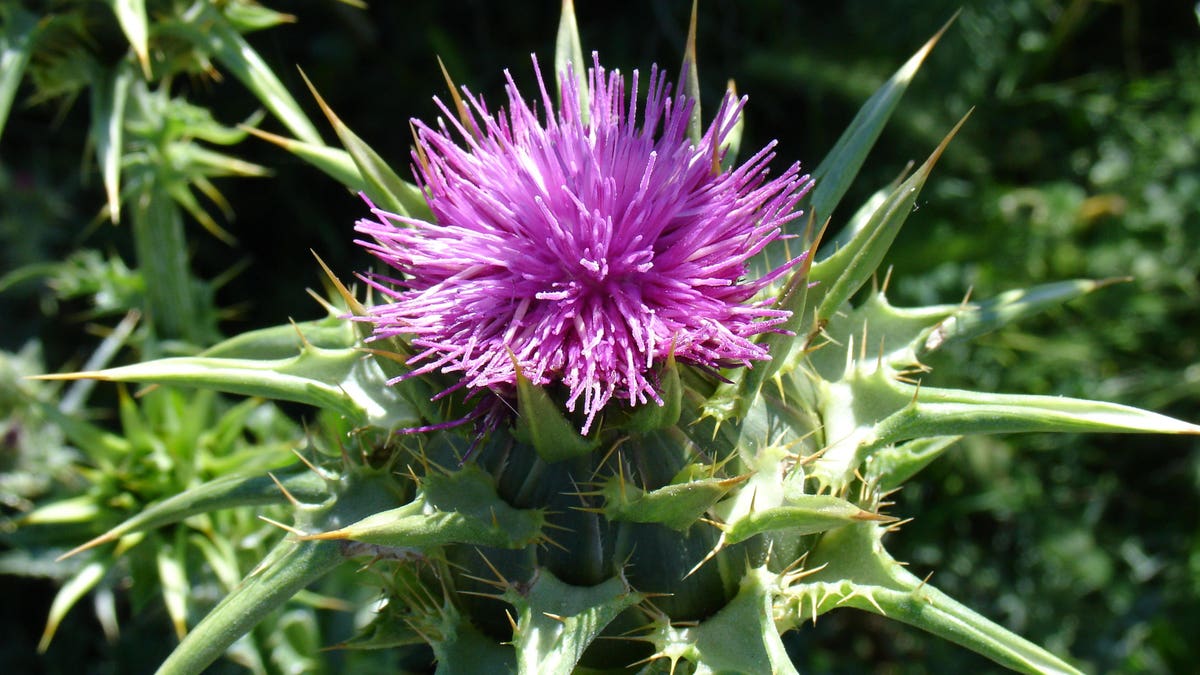
At this point in time, people living in Central and South America are more likely to use herbal medicines (medicines derived from plants) than people living in North America. In my travels south of the border, I find many more herbal markets, apothecaries and stalls than up north. So here is a small introduction to this fascinating and widely-used category of health aids.
Plants aka Herbs
The term "herbs" refers to plants or parts of them, including grasses, flowers, berries, seeds, leaves, nuts, stems, stalks and roots, which are used for their therapeutic and health- enhancing properties. Generations of skilled herbal practitioners, researchers and scholars have refined and tested the vast science of herbology, producing thousands of plant-based remedies that are safe and effective. The proper and judicious use of herbs is often successful in the treatment of illness when other, more conventional medicines and methods fail. Herbs can be used to cleanse the bowels, open congested sinuses, help mend broken bones, stimulate the brain, increase libido, ease pain, aid digestion and a thousand other purposes. Topically, herbs can repair damaged skin, soothe a wound, improve complexion, heal bruises and relieve aching muscles. Herbs demonstrate great versatility for the treatment of a broad variety of health needs.
For over 5 billion people worldwide, natural plant-based remedies are used for both acute and chronic health problems, from treating common colds to controlling blood pressure and cholesterol. Not so long ago, this was true in the U.S. as well. As late as the early 1950s, many of the larger pharmaceutical companies still offered a broad variety of plant-based drugs in tablet, liquid and ointment forms.
Plants are the original source materials for as much as 40 percent of the pharmaceuticals in use in the United States today. This is to say that either the drugs currently contain plant-derived materials, or synthesized materials from agents originally derived from plants. Some medicines, such as the cancer drug Taxol (from Taxus brevifolia) and the anti-malarial quinine from Cinchona pubescens, are manufactured from plants. Other medicinal agents such as pseudoephedrine originally derived from ephedra species, and menthol and methylsalicylate, originally derived from from mentha species and wintergreen (gaultheria procumbens) respectively, are now synthesized.
Herbal Use 60,000 Years Ago
Neanderthals lived from about 200,000 years ago until roughly 30,000 years ago in Europe and western Asia. They coexisted with modern humans for most of that period but then mysteriously vanished. Physical evidence of use of herbal remedies goes back some 60,000 years to a burial site at Shanidar Cave, Iraq, in which a Neanderthal man was uncovered in 1960. He had been buried with eight species of plants, seven of which are still used for medicinal purposes today.
The Ice Man’s Medicine
On September 19, 1991, one of the most extraordinary discoveries of our Century took place in Austria’s Otzal Alps, when two hikers discovered an ice mummy preserved by freezing. The analysis of samples of organic tissues has determined that the Iceman lived between 3350 and 3100 B.C.
The Ice Man died approximately 5,200 years ago. At death, he was between 40 and 50 years old and suffered from a number of medical conditions. He turned into a mummy accidentally almost immediately by the freezing weather conditions that turned him into the Ice Man. The Ice Man's possessions have given scientists a better look at what life was during the Neolithic Age in Europe. Perhaps the most valuable possession, according to many scientists, was his “medicine kit,” two walnut-sized lumps of a birch fungus used as a laxative and as a natural antibiotic.
Plant Medicines, Safe and Time-tested
Plant medicines are generally safe, gentle and effective for human health needs. This is so because human beings have co-evolved with plants over the past few million years. We eat plants, drink their juices, ferment and distill libations from them, and consume them in a thousand forms. Ingredients in plants, from carbohydrates, fats and protein to vitamins and minerals, are part of our body composition and chemistry. Unlike synthetic molecules, the compounds in plants are familiar to our bodies, and we can metabolize them.
Plants and Humans Share Similarities
Some compounds perform the same functions in plants and in the body. Natural antioxidant phenols in plants, for example, protect plant cells from oxidation, and often perform the same function in the human body. Our bodies know the substances that occur in plants, and possess sophisticated mechanisms for metabolizing plant materials. The regular and judicious use of herbs to protect and promote health and as medicines to help treat common ailments is an enlightened approach to personal well-being.
Plants Can Be Dangerous, Too
Plants can also pose a danger to human health. Drink a tea made from oleander leaves or chew a mouthful of foxglove and you'll be dead in a hurry. On the other hand, if you use any of the thousands of healthful herbs that have been utilized as traditional medicines over the past few centuries, in dosage ranges that have been determined by centuries of trial and error, you are most likely to benefit without any negative side effects.
Plants are our friends, foods, and medicines.
Chris Kilham is a medicine hunter, and researches natural remedies all over the world, from the Amazon to Siberia. Chris teaches ethnobotany at U Mass Amherst where he is Explorer In Residence. He advises herbal, cosmetic and pharmaceutical companies , and is a regular guest on radio and TV programs worldwide. His field research is largely sponsored by Naturex of Avignon, France. Visit his web site at www.MedicineHunter.com




















